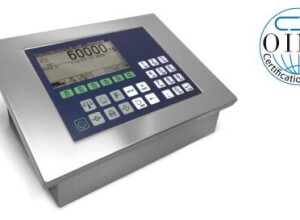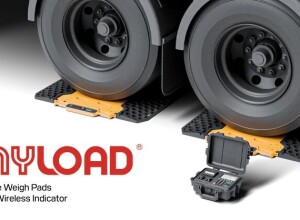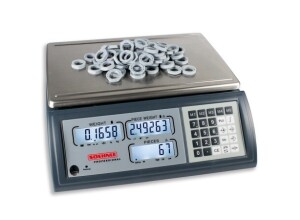Weighing 101: What Is a Scale and How Does It Work?
Scales are devices used to measure the weight or mass of objects. They range from simple mechanical kitchen scales to sophisticated industrial and laboratory systems. Understanding how they work and their different types is essential for choosing the right scale for any application.
Types of Scales
- Mechanical Scales: Use springs or levers to measure weight. Simple and reliable for everyday use.
- Electronic Scales: Use load cells and digital readouts for precision. Found in labs, retail, and industrial settings.
- Analytical Balances: High-precision devices for laboratory work, measuring down to milligrams or micrograms.
- Checkweighers: Inline scales used in production lines to ensure products meet weight specifications.
- Weighbridges & Truck Scales: Large platform scales for vehicles, often integrated with software for data logging.
How Scales Work
Most modern scales rely on load cells — transducers that convert force into an electrical signal. The scale's electronics interpret this signal and display the corresponding weight. Mechanical scales use springs or balance beams to provide a visual measurement.
Common Applications
- Kitchen and home use for cooking, portion control, or personal weight monitoring.
- Laboratory and research, requiring precise measurements.
- Retail and commerce, including price-computing scales.
- Industrial and logistics weighing for inventory, pallets, and trucks.
- Transportation systems, including weigh-in-motion technology.
Advantages and Limitations
Scales provide critical measurement data but vary in accuracy, capacity, and environmental sensitivity. Choosing the right type depends on required precision, size of objects, and operating conditions.
Related Articles
- Kitchen Scales: Buying Guide & Accuracy Tips
- Laboratory & Educational Balances
- Load Cells & Sensors
- Artificial Intelligence in Weighing Systems

























